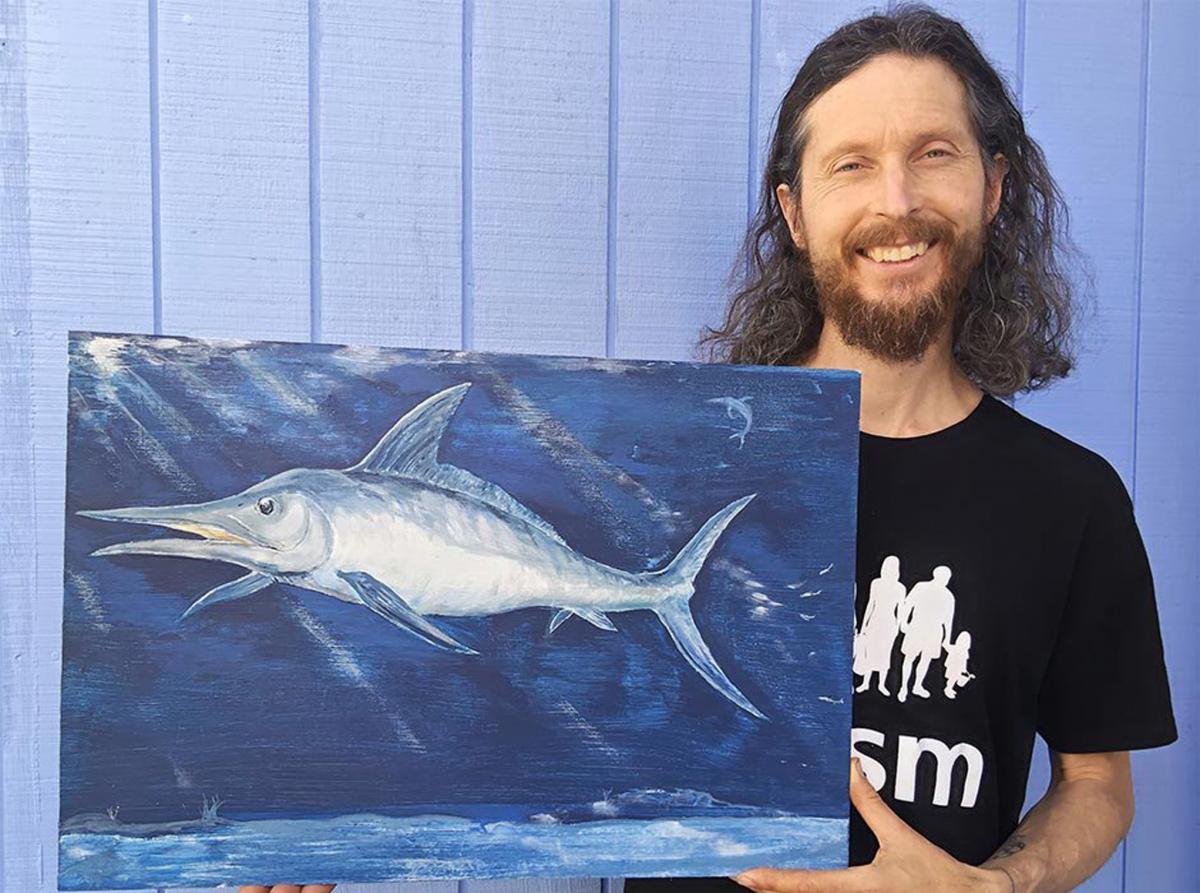Zealandorhynchus fordycei is not a fish you would want to come face to face with at St Clair Beach.
Fortunately, the large predatory billfish, which had a similar appearance to today’s marlins and swordfish, are extinct.
A rare fossil of a billfish skull from the early Eocene (about 50 million years ago) was found in Hampden, and Dunedin researcher Dr Seabourne Rust has been writing a description of the newly discovered genus and species.
When naming it, he and his fellow researchers paid tribute to the late University of Otago geology emeritus professor Ewan Fordyce — a world-leading vertebrate palaeontologist, who had a 40-year career at the university.
Dr Rust said he completed a master of science thesis on fossil fish in the University of Otago’s Geology Museum collections, under the guidance of Prof Fordyce, between 1997 and 2000.
Prof Fordyce was “a guiding mentor” for many budding paleontologists, Dr Rust said.
“Ewan gave so much to his students. His well-illustrated lectures and legendary field trips brought the subject to life.
“He has left such a legacy with his work on fossil vertebrates from southern Zealandia, in particular.
“Many important discoveries were made during fieldwork in North Otago and Canterbury to recover ancient whales and dolphins — Ewan’s specialty — and subsequent long hours preparing the fossils unveiled insights into the creatures living in our area millions of years ago.
“My colleagues and I felt very privileged to honour Ewan’s memory by naming our new fossil billfish taxon after him.”
Dr Rust said the large fossil was now housed in the Earth Science New Zealand (formerly GNS Science) National Paleontological Collection.

